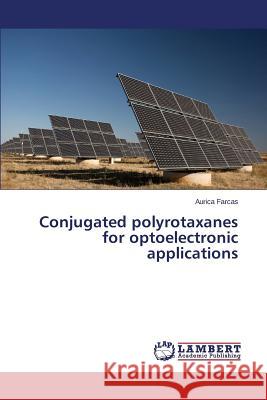Conjugated polyrotaxanes for optoelectronic applications » książka
Conjugated polyrotaxanes for optoelectronic applications
ISBN-13: 9783659774270 / Angielski / Miękka / 2015 / 80 str.
The past decade has witnessed remarkable innovations and progress in polymer and supramolecular science, which offer great opportunity for new concepts, new materials with unique properties and novel practical applications. Conjugated polyrotaxanes have attracted considerable attention not only because of their architecture and topology, but also because they offer an efficient strategy towards the "insulation" of individual molecular wires. The presence of the macrocycle is essential for the control of intermolecular interactions, and conjugated polyrotaxanes may function as model compounds in the study of fundamental photophysical properties of pi-conjugated polymers. This book provides an overview of the general principles towards the synthesis and photophysical characteristics of conjugated polyrotaxanes containing as host molecules native cyclodextrins, their chemically-modified derivatives and cucurbit 7]uril. The influence of the host nature on the physical properties will also consider. The present study will be limited mainly to our own endeavours concerning three different polyrotaxane structures with noticeable advantages for optoelectronic applications.
The past decade has witnessed remarkable innovations and progress in polymer and supramolecular science, which offer great opportunity for new concepts, new materials with unique properties and novel practical applications. Conjugated polyrotaxanes have attracted considerable attention not only because of their architecture and topology, but also because they offer an efficient strategy towards the "insulation" of individual molecular wires. The presence of the macrocycle is essential for the control of intermolecular interactions, and conjugated polyrotaxanes may function as model compounds in the study of fundamental photophysical properties of pi-conjugated polymers. This book provides an overview of the general principles towards the synthesis and photophysical characteristics of conjugated polyrotaxanes containing as host molecules native cyclodextrins, their chemically-modified derivatives and cucurbit[7]uril. The influence of the host nature on the physical properties will also consider. The present study will be limited mainly to our own endeavours concerning three different polyrotaxane structures with noticeable advantages for optoelectronic applications.











